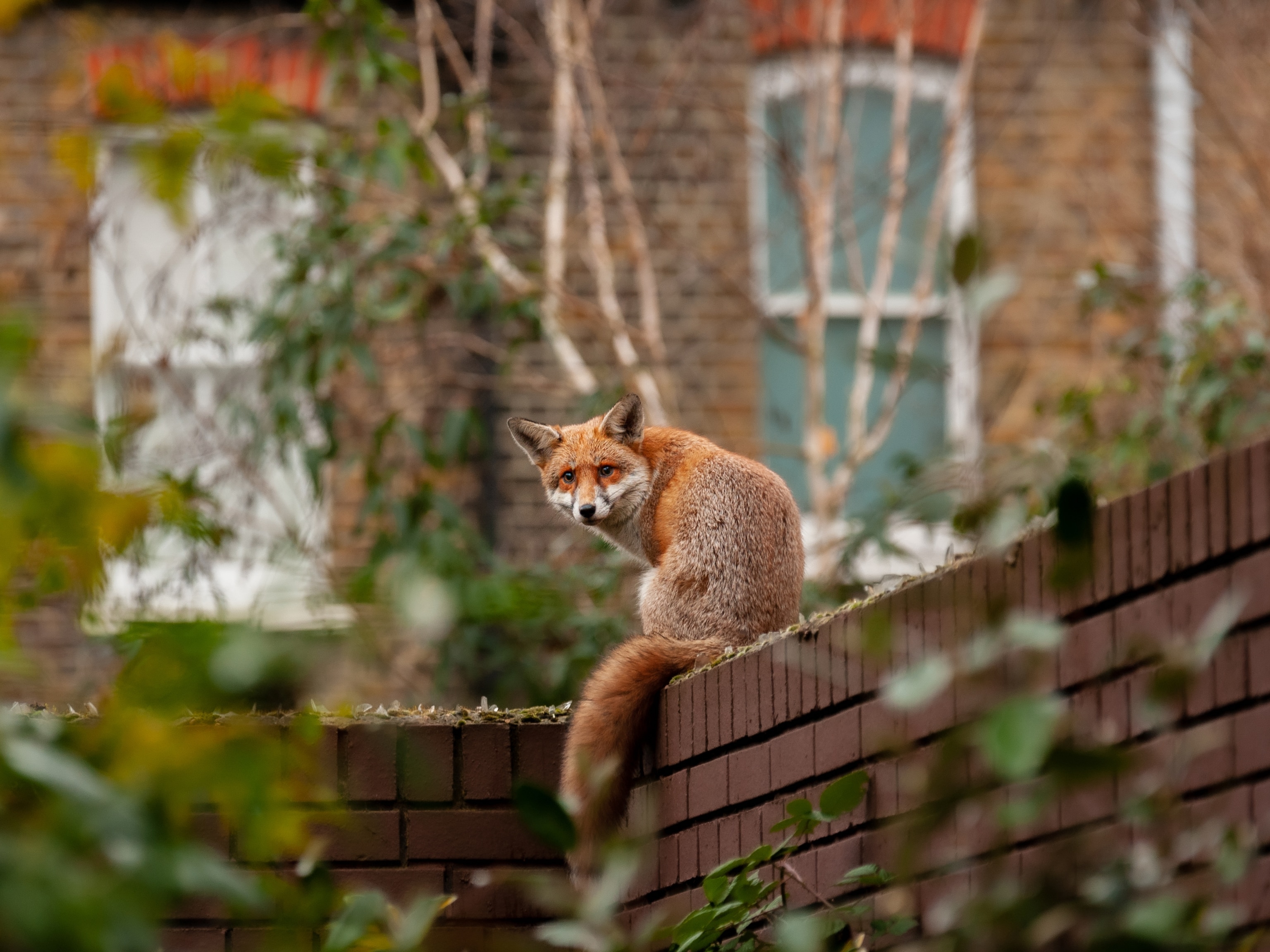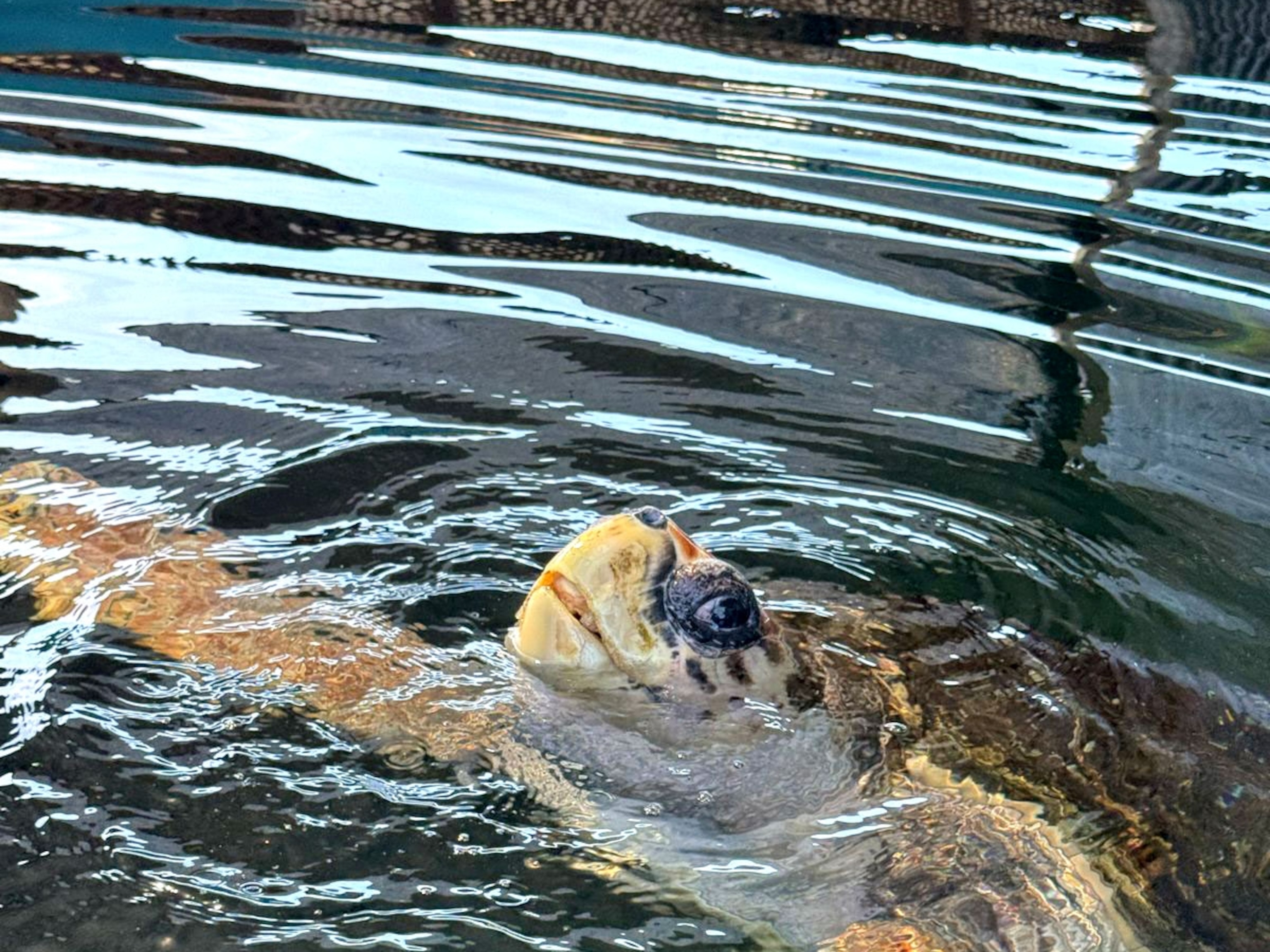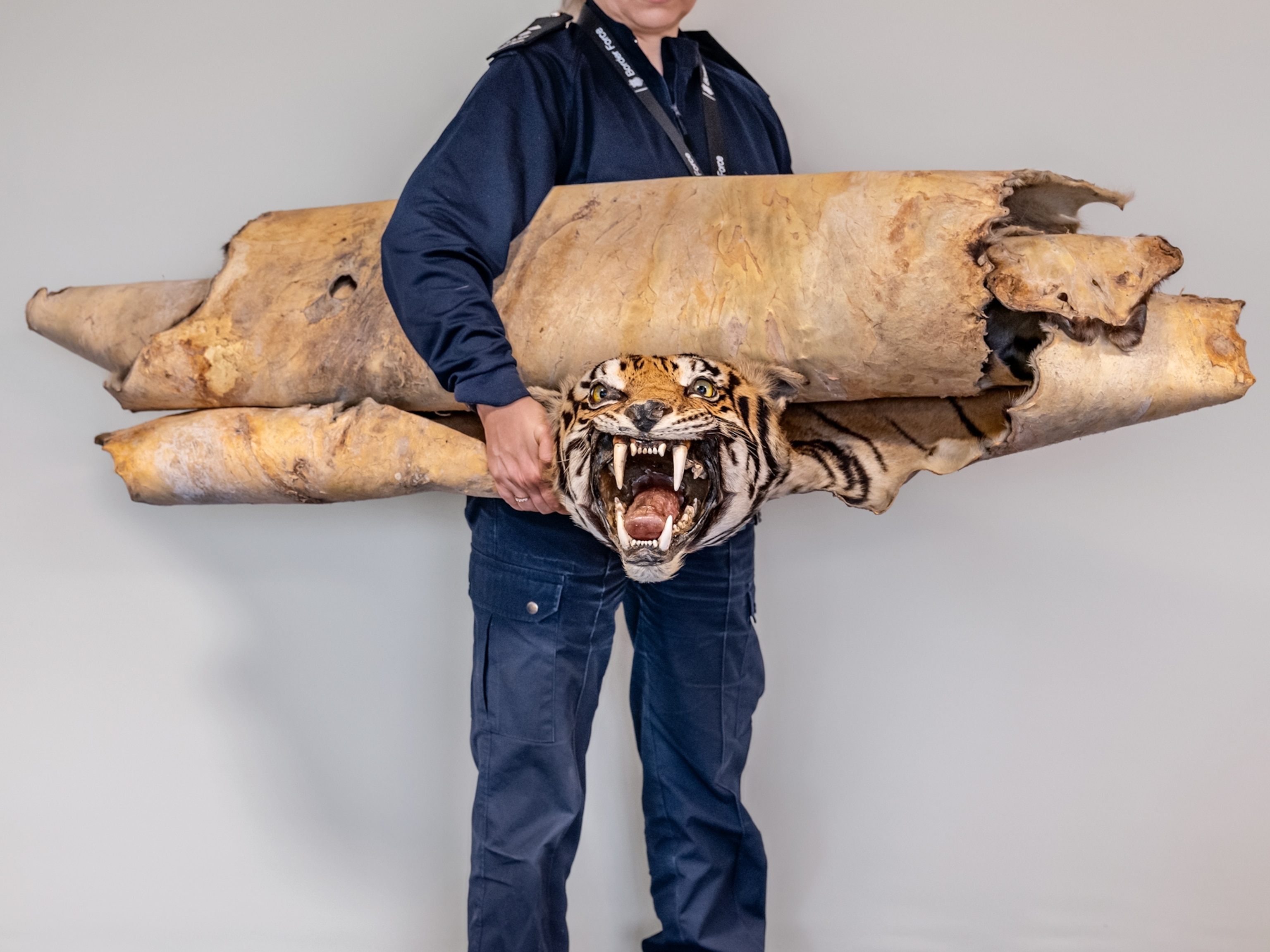
Turtles are being snatched from U.S. waters and illegally shipped to Asia
Poachers using illegal traps, drugs, and fraudulent paperwork could trigger turtle population collapses.
When Will Dillman’s phone started ringing shortly before lunch on August 14, he thought nothing of it. But the news was big. Fifty miles from the biologist’s office in South Carolina’s Department of Natural Resources, state law enforcement officers had happened upon Nathan Horton, a notorious turtle trapper and trafficker, hiding out in a storage shed. Nearby, they found more than 200 live turtles.
Earlier that morning the officers had gone out to Chester County to question Terry Dewayne Lucas, an associate of Horton’s, about illegal shipments of eastern box turtles sent outside the state. But when they arrived at Lucas’s house, they discovered a boat from Louisiana parked in the yard—filled with turtle traps.
“We knew from past investigation case work that Mr. Horton had some dealings/operated in Louisiana,” wrote Robert McCullough, a spokesman for the law enforcement team at the Department of Natural Resources, in Columbia, in an email. “He was last seen/known to be using a boat from Louisiana.” During questioning, the Lucas family revealed that Horton was in the shed.
The officer who’d called Dillman urged him to come out quickly to identify the turtles and care for them. It was a sweltering day, and the reptiles were clearly dehydrated and malnourished.

This was Dillman’s fourth or fifth such call since he’d started working at the natural resources department in 2013. “Thankfully, these are rare,” he says. “When you find one of these cases, it makes you wonder: How much more is out there that we’re not catching?”
Possibly a lot. It’s hard to pin down the scale of the pet trade in wild-caught U.S. turtles, experts say, but U.S. law enforcement probes have turned up an increasing number of big turtle trafficking cases in recent years. In each, the poachers and sellers have been responsible for helping transfer large numbers of turtles across states borders and on to Asia. Ryan Bessey, a U.S. Fish and Wildlife Service special agent who’s been focusing on the exotic turtle trade, says demand for these animals in Asia “has skyrocketed in the last five to ten years.” According to Bessey, North American species, including diamondback terrapins, box turtles, spotted turtles, and wood turtles seem to be particularly popular in the Asian exotic pet trade.
Court documents suggest that Horton’s operation alone may have helped smuggle hundreds—if not thousands—of American turtles to China. According to surveillance footage and records obtained by law enforcement, the turtles were shipped from Atlanta to Los Angeles and onward to Guangzhou, in southern China. (It’s legal in the U.S. to trap and sell some turtle species domestically or export them abroad with proper paperwork, but state laws typically cap the trapping numbers. South Carolina doesn’t allow commercial-scale trapping at all.)
More recently, on October 18, the Florida Fish and Wildlife Conservation Commission announced that during a six-month period, two alleged poachers had illegally taken more than 4,000 turtles from the state’s waters. One of the suspects had been selling his catch to a buyer with links to Asian markets, according to the commission. The men’s catch included Florida box turtles, eastern box turtles, and several other species. (It’s illegal in Florida to sell wild turtles.)
“Wild turtle populations cannot sustain the level of harvest that took place here,” said Brooke Talley, the reptile and amphibian conservation coordinator for the commission, in a statement. “This will likely have consequences for the entire ecosystem.”
Back in South Carolina, when Dillman arrived at Lucas’s property, he found 216 eastern box turtles. A few had already succumbed to the harsh conditions. To revive the rest, Dillman soaked them in water and gave them snacks such as strawberries, tomatoes, and mushrooms. Despite that, he says, five more died.
Revered reptiles
“Much of Asia has always revered turtles for longevity and traditional Chinese medicine,” says Eric Goode, founder of the Turtle Conservancy. Now, with newfound wealth in the region, he says, turtles are just another rare, coveted item to collect, like wine, fine art, and cars. Demand has already wiped out large numbers of native turtles in Asia, making American turtles even more attractive, experts say. (Learn more about turtle trafficking in Southeast Asia.)
Court documents, interviews with turtle experts, and studies point to China and Hong Kong as primary destinations for trafficked American turtles. Still, other Asian nations—Thailand, Malaysia, Japan, Indonesia—are also popular markets for pet turtles. “The Asian turtle market is taking turtles out of Africa, Mexico, South America”—not just the U.S., adds Goode, who does surveys of turtles for sale at markets in Indonesia, Thailand, China, and Japan.
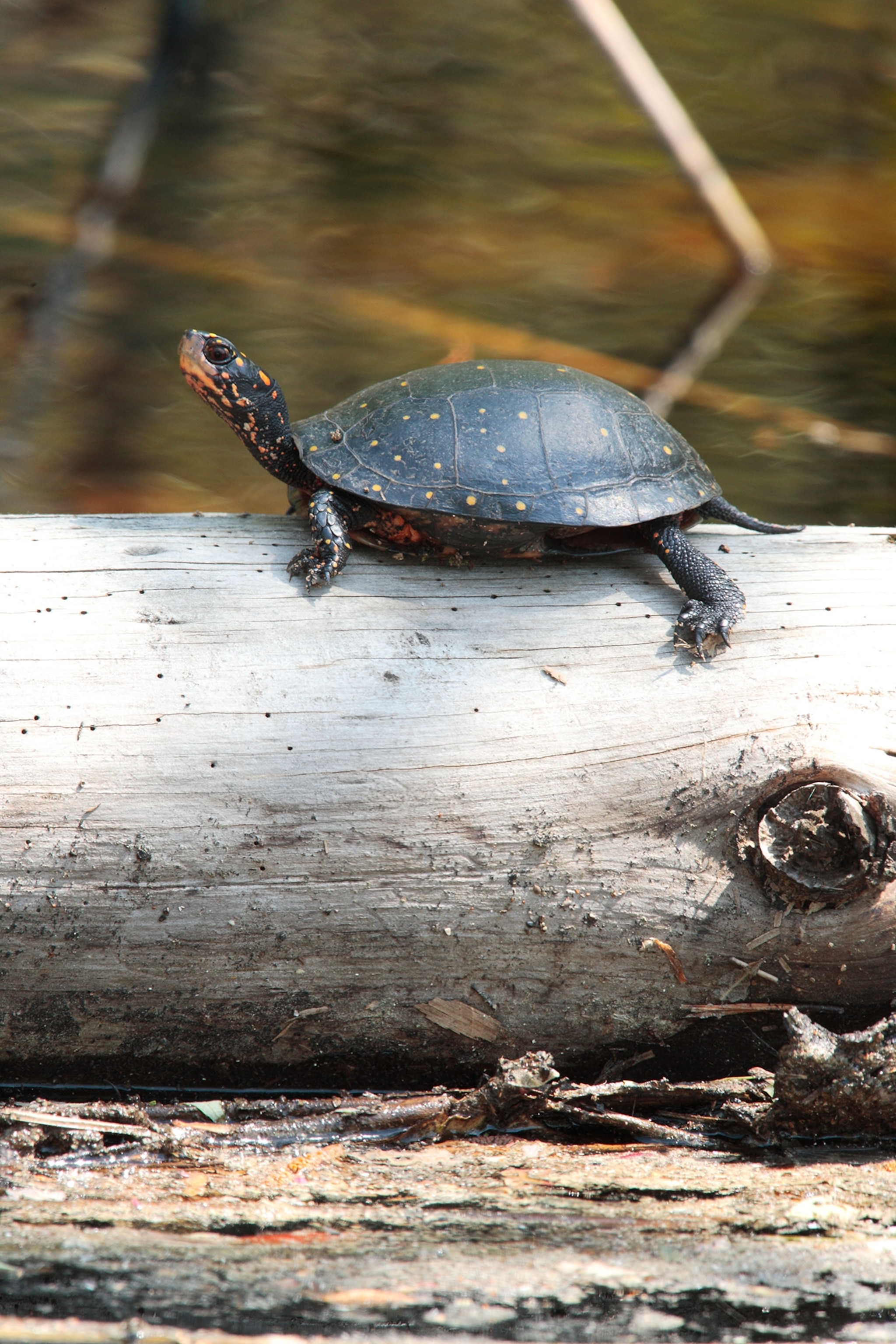
A 2018 analysis of the global conservation status of turtles and tortoises puts the problem in East Asia in stark terms: “An unsustainable turtle trade has gradually spread and expanded, first regionally and then globally, as wild turtle populations have been sequentially exploited, with many rendered commercially and ecologically extinct.”
The Chinese three-striped box turtle, for example, is almost extinct in the wild, a victim of its popularity in the pet trade and for meat and traditional medicine. The Chinese box turtle, sometimes called the yellow-margined box turtle, is endangered for the same reasons.
Willem Roosenburg, a turtle expert at Ohio University in Athens and the president of the Herpetologists League, says diamondback terrapins—caught in the past for meat consumption in soup—are now also being trapped and sent to Hong Kong and China for the exotic pet industry. Beyond poaching, turtles face other serious threats in the U.S., including mortality in crab pots, habitat loss, and predation by racoon and foxes.
Wild turtle populations cannot sustain the level of harvest that took place here.Brooke Talley, Florida Fish and Wildlife Conservation Commission
Turtle poaching is particularly worrying to the Fish and Wildlife Service and conservation biologists. That’s because adult turtles are targeted—hatchlings are harder to find, says Kurt Buhlmann, a senior research associate at the University of Georgia’s Savannah River Ecology Laboratory. And, he says, as few as 10 to 25 percent of hatchlings may survive their first year in the wild. Because popularly targeted adult species can take five years or more to reach reproductive age, drawing down adult populations for the pet market could cause a species to collapse quickly—perhaps even before biologists and law enforcement become fully aware of the problem, Dillman says. “It could represent local extirpations for these species.”
Buhlmann is now caring for the eastern box turtles seized from Nathan Horton and hopes to find out more about where they came from and whether they’re disease-free—prerequisites for possible reintroduction into the wild.
Playing catch-up
U.S. law enforcement agencies have been trying to coordinate across state lines to reduce illicit turtle sales. But, as Bessey says, because it’s a black market trade, it’s difficult, if not impossible, to know its total scale: “We are not seeing the total number of turtles being trafficked.” Moreover, the lack of federal and state enforcement officers relative to the vast areas and myriad water bodies available to poachers makes the prospect of shutting down illicit sales seem a distant prospect.
Global turtle demand has even made conservationists cautious about discussing locations of turtle populations at academic conferences or in published papers. (Poachers have been known to mine the academic literature for clues about potential targets.) Jacqueline Litzgus, a biology professor at Laurentian University, in Ontario, Canada, says she won’t even discuss vague geographic details at meetings.
At one of her Ontario study sites for wood turtles in the mid-1990s, she says, some “70 percent” of the turtles disappeared in just one or two years after a student did a thesis paper on them, which the poachers may have been able to obtain. No one ever found any turtle carcasses, Litzgus says, so she and her colleagues surmised that poaching—not disease—was to blame.

When turtle traffickers are caught, they’re typically charged with conspiracy to smuggle wildlife or with contravention of the Lacey Act, a federal statute that prohibits capture or sale of any species taken in violation of U.S., Native American, or foreign laws. Violations of the Lacey Act can lead to fines of up to $20,000, imprisonment of up to five years, or both.
Recent turtle busts have resulted in notable prison sentences—a rarity for wildlife crimes. In 2016, Kai Xu was sentenced to 57 months in prison by the U.S. District Court for the Eastern District of Michigan after he pleaded guilty to smuggling protected turtle species from the U.S. to China. Steven Baker, who led a syndicate trafficking various protected species between the U.S. and China, was apprehended in South Carolina in 2018 and sentenced in March 2019 to 27 months in prison.
Beginning in 2015, Ryan Bessey led an investigation into another prolific turtle trafficker, retired journalist David Sommers, who, over many years, trapped thousands of diamondback terrapins in New Jersey for sale to buyers engaged in smuggling the animals to Asia. When law enforcement officers arrested him, in July 2018, he told them that he’d sold roughly a thousand diamondback terrapins a year to buyers in the U.S. and Canada, netting him between $50,000 and $75,000. His clients included people known to ship the turtles to Asia, Bessey says.
Two months ago Sommers pleaded guilty to violating the Lacey Act when he falsely labeled packages containing the protected animals. He was sentenced in the U.S. District Court for the Eastern District of Pennsylvania to six months imprisonment and a fine of $250,000 in restitution to the state of New Jersey.
When the officers searched his house, in 2018, they recovered more than 3,000 diamondback terrapin hatchlings and almost two dozen box turtles, according to court records. They also found oxytocin, a drug used to induce labor in humans—and known to cause female turtles to release their eggs.
“He would take the turtles back to his home in Pennsylvania, and rather than let them naturally progress to a point where they were able to lay or drop their eggs, he would inject them with oxytocin,” Bessey says. “Once they then laid their eggs, he would sell off the adult females—a red flag because a legitimate breeder wouldn’t sell off his breeding stock.”
Sommers admitted to law enforcement that in addition to illegally collecting terrapin eggs and female turtles from New Jersey’s shores for “five to 15 years” (as stated in his plea agreement) and selling off the females days after they laid their eggs, he falsely claimed to be a turtle breeder, allowing him to appear legitimate and sell the poached turtles as “captive-bred.”
As court documents note, what he really did was pluck turtles from the wild, sell off their eggs, and then ship the remaining turtles to clients via the U.S. postal service or FedEx in socks or pouches, after first taping their legs to restrict their movement.
Repeat offender
Nathan Horton’s illegal turtle trapping activities first came to the attention of law enforcement in 2016 in Georgia. Federal court documents state that he was apprehended trapping turtles on Lake Jackson, a reservoir 45 miles southeast of Atlanta. Horton admitted that he was a commercial turtle collector and had a thousand active turtle traps on the lake. He said the turtles were shipped to a Californian buyer who then exported them to China. He was given a fine of $300 for using illegal traps.
But that didn’t deter Horton. A year later, he bought 46 turtles from undercover officers in Georgia. (The turtles had been implanted with transponders to help track them.) According to law enforcement, Horton told the undercover officers not to worry that the catch was illegal—if they were found out, he assured, the fines would be no worse than a “speeding ticket.”
About a week later, on August 20, 2017, Horton dropped off hundreds of turtles—including some bought from the undercover agents—for a flight to Los Angeles. Accompanied by fraudulent paperwork, they were then flown to Guangzhou, China. The illegal shipments were documented in surveillance footage and records, but court documents make no mention of any action against Horton for this incident.
Turtle poaching could cause a species to collapse quickly—perhaps even before biologists and law enforcement become fully aware of the problem.Will Dillman, South Carolina Department of Natural Resources
Then, on August 21, Georgia law enforcement officers did cite Horton—this time for illegally placing traps on Lake Blackshear, about 150 miles south of Atlanta. The penalties: fines of about $4,350. It’s unclear whether Horton has paid that sum, and the U.S. Attorney’s Office for the Northern District of Georgia, which is handling his overall prosecution, declined to comment on these violations or provide further details about his case. After that 2017 incident, law enforcement lost track of him, according to McCullough, the South Carolina Department of Natural Resources spokesman.
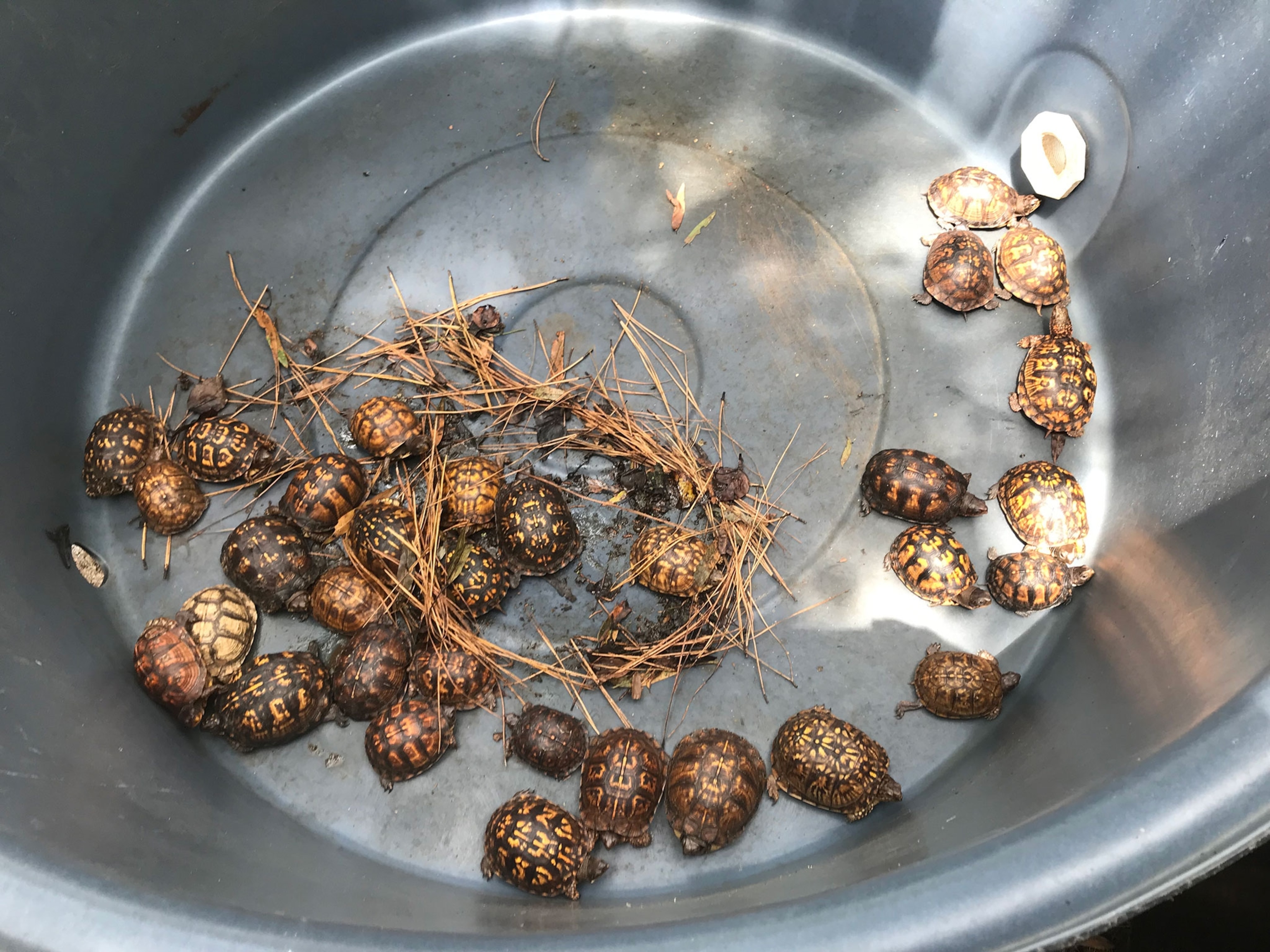
That is until his arrest in South Carolina this August. Once again, Horton admitted to crimes related to turtles. According to the official law enforcement report, he said he’d been selling more than 20 eastern box turtles a year. It’s a misdemeanor in South Carolina to remove more than 10 eastern box turtles at a time, or more than 20 in a year, and the penalty is a fine of up to $200, up to 30 days in jail, or both.
Horton’s arrest warrant, however, didn’t mention the misdemeanor. Instead it cited more serious charges, including that allegedly he violated the Lacey Act and engaged in interstate transport and sale of stolen property. His full charges and court date have not yet been set, and his court-appointed lawyer did not respond to a request for comment.
Fish and Wildlife’s Bessey says there’s a fine line between spurring interest in turtles and making sure that the enthusiasm doesn’t encourage people to take them from the wild. “There are threats around every corner for turtles,” he says.
“Even posting a photograph of one of these turtles, if taken with an iPhone, is a problem because it has an embedded latitude and longitude,” Ohio University’s Roosenburg says.
“Let turtles be,” Bessey adds. “Don’t grab a turtle you see crossing the road and take him home—just put him on the other side of the road in the direction he was going.”




